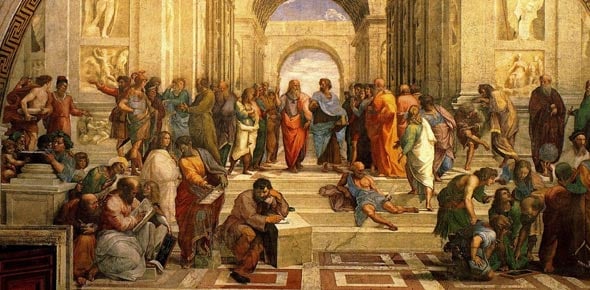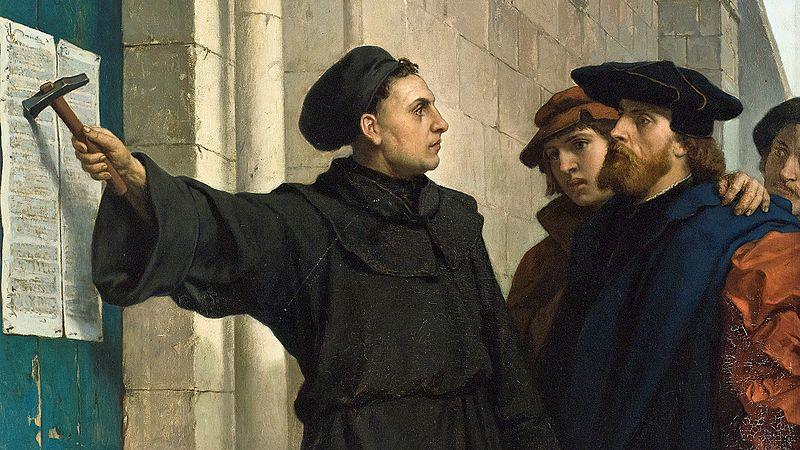 |
| 1) The Renaissance: a time of learning and intellectual growth |
 |
| 2) Martin Luther driving the Reformation |
The open-mindedness that occurred in the Renaissance period resulted in
the ability for the Reformation to take hold in the hearts and minds of truth
seekers. No longer was spiritual learning only something that was available for
the elite, but for all. That same open-mindedness allowed the invention of the
printing press to take hold, and further break down the barriers that hindered
the lower classes.
 |
| 3) The plower was historically a lower rank in society |
The Renaissance and the Reformation periods are similar due to the
dramatic growth and social change that occurred in each of them. However, they
are also very different because of the manner in which the social change
occurred. But regardless of their differences, it is clear that one could not
have occurred without the other.
Cherileigh's "Bach's Got Sprezz?" - https://rhetciv.blogspot.com/2018/09/bachs-got-sprezz.html?showComment=1537848876951#c4070184762700641662
Stephen Rackleff's "Martin Luther and Anti- Materialism" - https://rhetciv.blogspot.com/2018/09/martin-luther-and-anti-materialism.html?showComment=1537411135234#c7846465948698898239
Images:
1) http://www.italymagazine.com/featured-story/renaissance-part-5-art
2) http://www.ripr.org/post/brown-university-historian-martin-luthers-legacy-and-reformation#stream/0
3) https://library.calvin.edu/hda/node/7860
Cherileigh's "Bach's Got Sprezz?" - https://rhetciv.blogspot.com/2018/09/bachs-got-sprezz.html?showComment=1537848876951#c4070184762700641662
Stephen Rackleff's "Martin Luther and Anti- Materialism" - https://rhetciv.blogspot.com/2018/09/martin-luther-and-anti-materialism.html?showComment=1537411135234#c7846465948698898239
Images:
1) http://www.italymagazine.com/featured-story/renaissance-part-5-art
2) http://www.ripr.org/post/brown-university-historian-martin-luthers-legacy-and-reformation#stream/0
3) https://library.calvin.edu/hda/node/7860

No comments:
Post a Comment